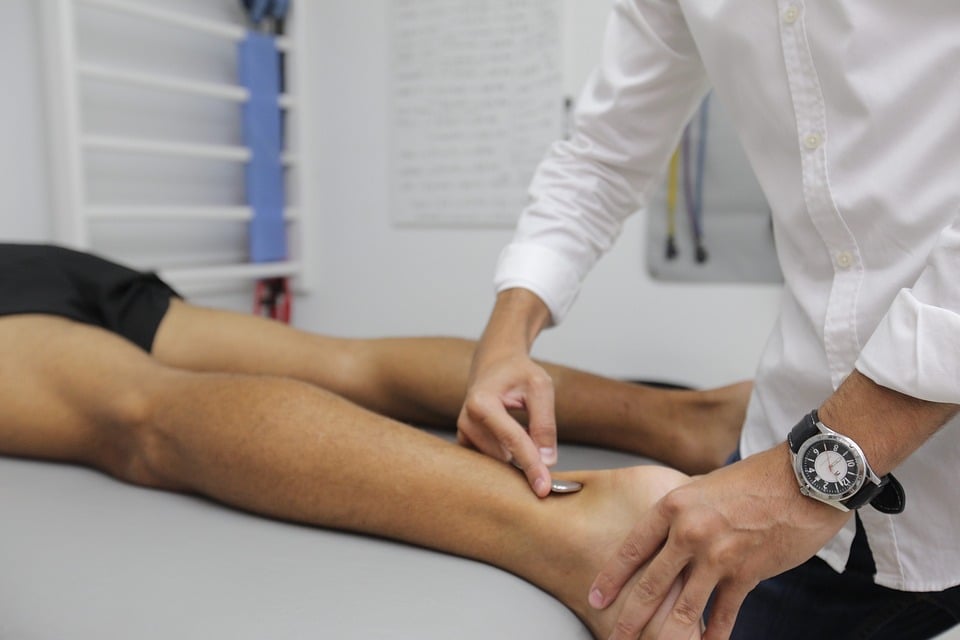
The field of physical therapy has witnessed a transformative shift in the last decade, propelled by the advent of digital technologies. From wearable devices to virtual reality (VR) systems, technology has become increasingly integrated into various rehabilitation modalities, revolutionizing how patients recover from injuries or manage chronic conditions. This article evaluates the multifaceted role of technology in different physical therapy approaches, exploring its benefits, challenges and future implications.
Wearable Technology: Enhancing Monitoring and Feedback
Wearable devices have emerged as invaluable tools in the rehabilitation process, particularly with physical therapists in Austin where health tech is particularly advanced, offering real-time monitoring and feedback capabilities. These devices, ranging from simple activity trackers to sophisticated motion sensors, allow therapists to gather data on patient movements, progress and adherence to prescribed exercises. Analyzing this data, therapists can tailor treatment plans to individual needs, track recovery trajectories and make timely adjustments as necessary. Furthermore, wearable technology promotes patient engagement and adherence by providing instant feedback and performance metrics, empowering individuals to take an active role in their rehabilitation journey. The seamless integration of wearable technology into daily activities further enhances its utility in monitoring progress and promoting continuity of care beyond clinical settings.
Virtual Reality: Immersive Rehabilitation Experiences
Virtual reality (VR) technology holds immense promise in revolutionizing the rehabilitation landscape by creating immersive and interactive environments for therapeutic purposes. Through VR simulations, patients can engage in virtual activities and exercises that mimic real-life scenarios, facilitating motor learning, balance training and functional recovery. Moreover, VR-based interventions offer a safe and controlled setting for patients to practice movements, overcome fears and regain confidence, particularly in cases of neurological or musculoskeletal impairments. Additionally, the gamification element inherent in VR rehabilitation programs adds an element of enjoyment and motivation, promoting sustained participation and progress. The versatility of VR technology allows for the customization of rehabilitation programs to meet the specific needs and preferences of individual patients, enhancing treatment outcomes and patient satisfaction.
Telehealth and Remote Monitoring: Breaking Geographical Barriers
The rise of telehealth platforms and remote monitoring systems has expanded access to physical therapy services, transcending geographical constraints and overcoming logistical barriers. Through telehealth sessions, patients can receive expert guidance, instruction and support from qualified therapists without the need for in-person visits, reducing travel burdens and enhancing convenience—especially for those residing in remote or underserved areas. Furthermore, remote monitoring technologies enable therapists to remotely assess patient progress, provide ongoing supervision and intervene proactively in case of any deviations or concerns. Leveraging digital communication tools, physical therapy can be delivered in a timely and efficient manner, guaranteeing continuity of care and optimizing outcomes.
Robotics and Assistive Devices: Augmenting Therapeutic Interventions
Robotic-assisted rehabilitation devices have emerged as a cutting-edge technology, augmenting traditional therapeutic interventions and offering precise, targeted assistance to patients with mobility impairments. These robotic devices, ranging from exoskeletons to robotic limbs, provide adjustable support, resistance and feedback, enabling patients to perform repetitive movements with greater accuracy and control. Moreover, robotic rehabilitation platforms facilitate task-specific training, sensorimotor relearning and neuromuscular reeducation, thus accelerating the recovery process and promoting functional independence. Additionally, assistive technologies such as smart prosthetics and orthotic devices enhance mobility, accessibility and quality of life for individuals with limb deficiencies or musculoskeletal disorders, empowering them to engage in daily activities with greater ease and confidence.
Challenges and Considerations
Despite the myriad benefits of integrating technology into physical therapy modalities, several challenges and considerations warrant attention. Privacy and data security concerns must be addressed to safeguard sensitive patient information transmitted through digital platforms. Moreover, disparities in access to technology and digital literacy skills may exacerbate existing inequalities in healthcare delivery, underscoring the need for equitable access and inclusive design principles. Additionally, healthcare professionals must undergo training and education to effectively utilize and integrate digital tools into clinical practice, confirming optimal outcomes and patient safety. Furthermore, regulatory frameworks and reimbursement policies need to adapt to the evolving landscape of digital healthcare to support innovation while upholding standards of care and patient protection.
Conclusion
The digital revolution in rehabilitation heralds a new era of innovation, empowerment and personalized care in the field of physical therapy. Harnessing the capabilities of wearable technology, virtual reality, telehealth platforms, robotics and assistive devices, therapists can deliver more efficient, effective and patient-centered interventions across diverse clinical settings. However, navigating the complexities and nuances of integrating technology into rehabilitation requires a concerted effort from all stakeholders, including healthcare providers, policymakers, industry partners and patients. Moving forward, continued research, collaboration and investment in digital health technologies are essential to unlock the full potential of technology-enabled rehabilitation and improve outcomes for individuals worldwide.